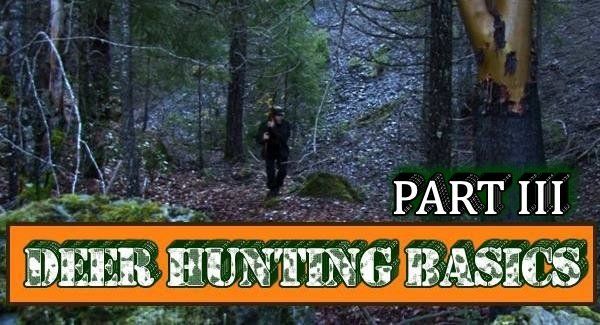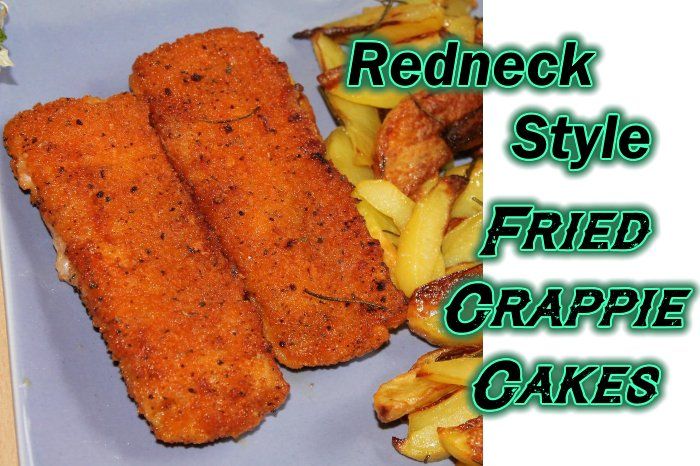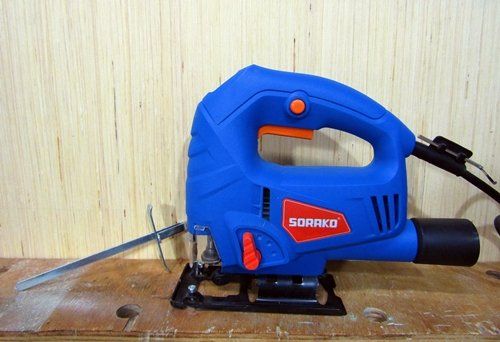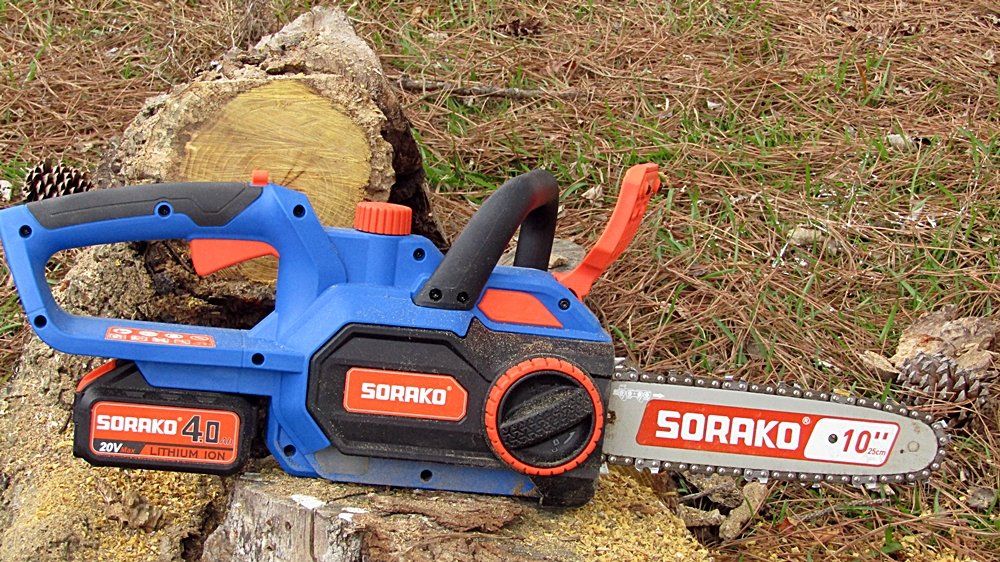
Blog Layout
Deer Hunting Basics - Part III
Mar 21, 2015
The deer rut brings with it many opportunities. This is the time when a bucks attention turn to....ER..um..uhh..love.
Yes, the rut is mating season, and the bucks senses are at their weakest. Bucks tend to be more active and venture out more often looking for does, and competing with other bucks for the doe's attention. Similar to human males, bucks seem to forget about anything else when the rut is on. The buck has love in its heart, and bootie on his mind. This makes for prime hunting time, as the prize deer is more likely to be seen by hunters and huntresses. And this is the part of the hunting season when stalking your deer is more productive.
Find areas where there are a lot of does, these areas are great for hunting prize bucks. Make sure you place yourself where you have good viability. The more hunting ground you see, the more likely you are to see a trophy buck. If he's out of range, work your way to him.
The use of grunt calls (which is discussed in part IV), is less effective during the rut, it just doesn't get the bucks attention. You know how it is, when you're trying to hook up with a pretty girl, your own mama could call you all day long and you'll never hear a word. Try to put yourself in a position to intercept a rutting buck as he travels to his "blueberry hill". Find the rub and scruff lines and put yourself there along them.
Find out the areas where the doe hang out, feeding areas in open terrain where you would normally not find a buck during daylight hours. Pay attention to well-traveled deer trails relentlessly during the rut.
Key in on areas that the does use. One sexy doe can attract more than one buck. During this part of the hunting season, start early and stay in the forest for a while. Again this is the time of the season that you are most likely to spot a buck in places you normally won't before and after the rut.
When the velvet is off the antlers, and the buck is horn harden, it's time to mate. As the doe comes into estrus, she begins most of the rut activity. It's at this time that most of the grunting is done by the buck that is looking for doe with intent to jump the doe's bones. Try grunting every few minutes, three to five times. This tells nearby bucks that another buck is after a doe to rut with. The nearby buck will probably come to see what's going on.
There are a variety of deer calls on the market, some hunters choose to grunt without the product; either way, be prepare for some odd looks from others when you practice your grunt. And you will need to practice before trying it while hunting. Deer are not very vocal animals, but when they do voice their opinions, the basic sounds are the grunt, snort, and bleat.
- The grunt is a deer call often done by the buck during rutting season. A grunt can bring a buck to you because they do not want other rutting bucks in their territory mating with their does. The productivity of a grunt call is if'y at best, as buck might be frightened if your grunt is too strong and sounding too much like a larger bigger buck. Or your call my simply not sound at all like a deer grunt to your quarry, and they are not willing to fall for your attempt to fool them. (I hate it when that happens)
- A snort sound is made most often by doe or fawns that are in distress. A hunter or huntress can often take advantage of the snort deer call because it is likely to bring assistance from other doe and fawns and, if you are lucky, a trailing buck.
- The bleat is made by deer that are alarmed, and is a deer call used to warn each other of danger. Not much use to a hunter as it tends to make the venison skin out, and away from the hunter/huntress.
The pre-rut is prime time for using deer calls to get the attention of whitetail because the bucks are more active during this period of time. Try calls and rattles downwind of bedding areas. Use the snorts to mimic the doe more than grunts during the early part of the season. These deer call tactics are likely to draw a trophy buck out during the pre-rut. Rattling may also bring a few deer in closer during the pre-rut as well. When the rut is in full swing though, the more mature buck is likely to have plenty of doe with him and is not likely to respond to your rattle.
Hunt the scrapes and rub lines during the early part of hunting season in the pre-rut. However the bucks tend to scrape and rub less as the actual rut is in full swing. Hunt the food sources if you find no scrapes and rubs. A run and gun tactic is great for the pre rut, go into an area and make a series of grunts and rattling, if there is no response after a few minutes of waiting, move on to another hunting area. Follow parallel to scrape and rub trails to find bedding areas, careful not to cross the trail and not too get too close to the bedding area, and hunt between bedding area and food source.
Share
Tweet
Share
Mail
Redneck Know How Blog
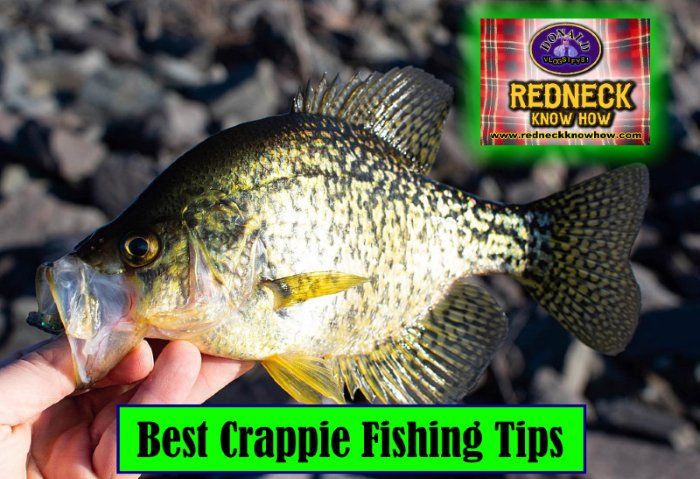
By Donald Matthews
•
03 Jun, 2022
Every fisherman has his or her own favorite techniques to catch this beloved fish. Why is crappie, (or pomoxis, if you want to get scientific), are so beloved? Well, they give one heck of a fight when caught. A 2 lb. crappie can put up a fight to rival a bass of larger size. So catching them is fun. There is also the taste factor. Fried crappie tastes great.

By Donald Matthews
•
11 Oct, 2021
Everybody seems to be in love with dovetails these days. Myself included. They look nice, feel nice, and they make the woodworker feel an overwhelming since of pride when he makes tight and even. Especially the hand cut dovetails. Dovetail joints can be produced with power tools. And there are dovetail jigs you can buy and make. It makes getting precise dovetails with no gaps a lot easier. But nothing feels more satisfying than finally getting hand cut dovetails tight and gap free. And for the record, I use the term, “gap free”, very loosely. I’d wager that even the best woodworker gets gaps in their dovetails no matter how hard they try. Maybe not as many as us new to middlin’ woodworkers, and certainly not as noticeable, but there are gaps in their dovetails. Nowadays, people use dovetails not only as a joint, but as decoration. A showpiece if you will to show off the craftsmanship of the woodworker. But the reality is that they were not originally meant to be pretty. They were utilized to hold pieces that were heavily used together. Such as drawers or other parts of furniture and other items that were constantly pulled or tugged on. In the example below, you can see how the angles of the dovetails will keep the joint from coming apart during the tugging of the drawer when opening it. This part of the joint is where the dovetail joint get’s it’s name. Often when used on boxes, the orientation of those angles are switched around, placing them on the front of the box as a decoration, and the pins of the joint is put on the side. Great for looks, not so great for function. Of course for most smaller boxes, the function of the dovetail really isn’t needed and using dovetails for looks is fine and an anesthetically pleasing way to show off craftsmanship. But let’s not give up on using the dovetail joint for utilitarian purposes when building boxes too quickly. They can be a great way to join a bottom to a box that will be holding heavier stuff, such as tool boxes. The angle of the dovetails can manage the stresses of carrying heavier items such as tools if you wish to maintain a *NO screws or nails* policy on your woodworking projects. Or you can use the dovetail joint along with screws for extra protection against the bottom dropping out. So the purpose of the dovetail is a lot more than to just make your woodworking look good. In fact, long ago, they were hidden. Simply a way to join parts and give them the strength to do what the item was meant to do, and be hidden when the drawer was closed. Using the dovetail joint for decoration is a modern thing. Which I have nothing against. I love to show off dovetails I’ve made nearly perfect. Well, in my eyes anyway. Roy Underhill and Paul Sellers would likely just look at them and grin, maybe chuckle at me being so proud of something so far from the skill level they have achieved.
